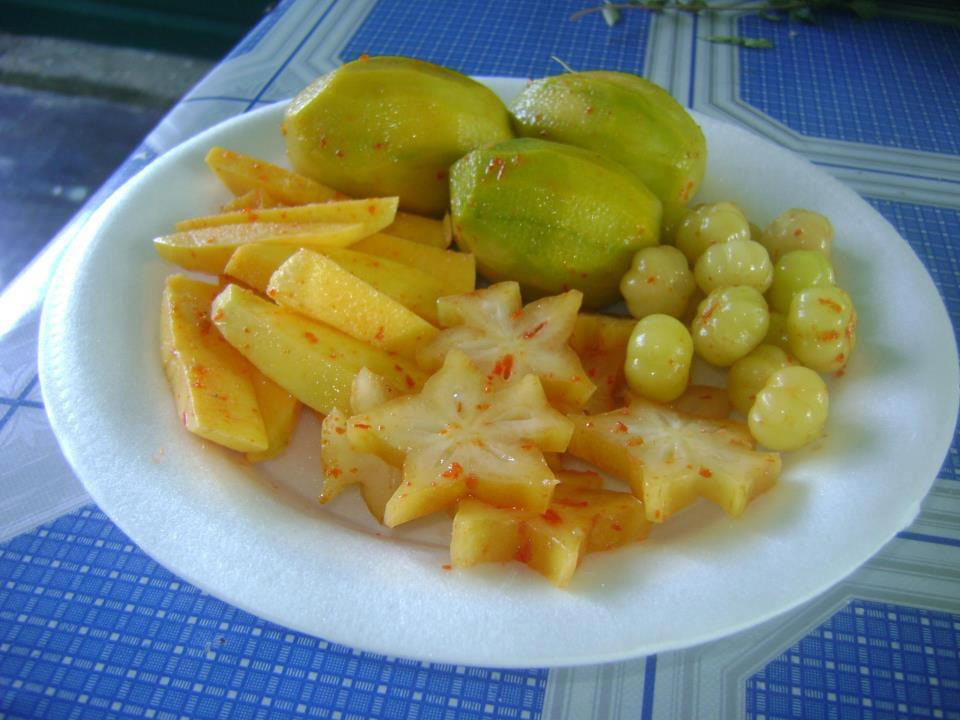By Marilyn Collins
Consumers riding the eat-healthy bandwagon are now displaying an intense interest in nutritious fresh foods including fresh fruit and vegetables, leaves, roots, tubers and flowers. These have become desirable foods, sought after by health conscious consumers. Food service establishments, in response to this health craze, are adding fresh salads—fruit and vegetable—to their menus. On the streets, the sale of fresh-cut fruit and vegetables is mushrooming. However, fresh, ready-to-eat or minimally-processed fruit and vegetables can be a vehicle for the transmission of microorganisms—bacterial (germs), parasitic (worms) and viral pathogens—capable of causing human illnesses.

The literature is replete with instances in which ready-to-eat fruit and vegetables have been implicated in outbreaks of illnesses. Pathogens (disease causing germs) most frequently linked to produce-related outbreaks include bacteria, the likes of Salmonella, E. coli, L. monocytogenes, S. aureus; Norwalk-like viruses and hepatitis A and parasites Cryptosporidium and Cyclospora. In the USA, between 1998 and 2006, lettuce was responsible for 30% of the more than 75% recall of contaminated fresh produce. Other produce recall included cantaloupe, cucumber, tomato and mango.
There are many production practices, growth conditions and the location of the edible part of the fruit or vegetable during growth, soil, soil surface, and aerial part, harvesting and processing factors, that affect the microbial status of fresh produce at the time of consumption. Other factors that have a similar effect have to do with physical and chemical characteristics of the foods as well as storage conditions.
This article will not, however, dwell on the entire farm-to-fork conditions with all of the complex multilevel handling and distribution procedures or the chemical hazards associated with such produce. Rather, it will focus on the hygiene practices that could contribute to microbial contamination of fresh ready-to-eat and minimally processed fruits and vegetables.
It is noteworthy that pH (acidity and alkalinity) an intrinsic parameter that impacts on microbiological safety of many fruits and vegetables that are within the neutral pH range, such as in the case of watermelon, thus could facilitate the proliferation of


